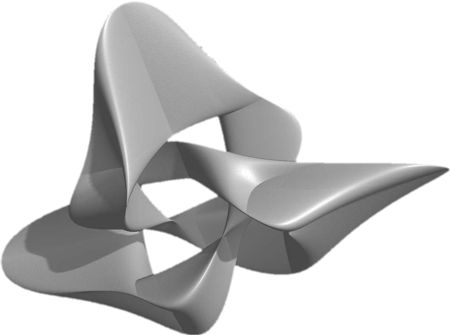Occam’s Razor
Is a heuristic device used to guide decision-making by prioritizing simplicity over complexity. The principle states that among competing hypotheses, the one with the fewest assumptions should be selected.
Also known as the principle of parsimony, Occam’s razor is a problem-solving principle attributed to the English Franciscan friar William of Ockham (c. 1287–1347).
Key Aspects of Occam’s Razor:
- Simplicity: The simplest explanation, often requiring the fewest assumptions, is generally preferred.
- Assumptions: It emphasizes minimizing the number of assumptions needed to explain a phenomenon.
- Practicality: While not a foolproof method, it serves as a useful heuristic in scientific inquiry and problem-solving.
Application in Different Fields:
- Science: In scientific modeling, simpler theories that explain the same data are preferred. This is because they are easier to test and falsify.
- Philosophy: It is used to eliminate unnecessary metaphysical entities and assumptions.
- Everyday Decision Making: People use it to make decisions when faced with multiple explanations or solutions, opting for the one that appears simplest.
Example:
Imagine you wake up to find that your lawn is wet. Two hypotheses might be:
- It rained last night.
- A neighbor’s sprinkler system malfunctioned, spraying water onto your lawn.
Applying Occam’s razor, the first hypothesis (it rained) is simpler because it involves fewer assumptions. Therefore, unless there is evidence to suggest otherwise, you would likely accept the first hypothesis.
Limitations:
- Not Always Correct: The simplest explanation is not necessarily the true one. Complex phenomena may require complex explanations.
- Subjectivity: What counts as “simpler” can be subjective and context-dependent.
Occam’s razor is a guiding principle rather than an irrefutable law, serving to streamline the process of hypothesis selection and problem-solving by advocating for simplicity and economy of assumptions.
